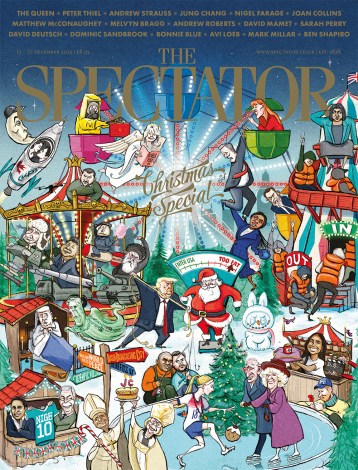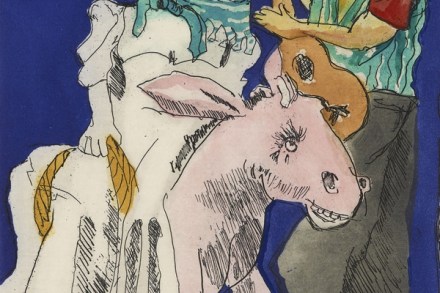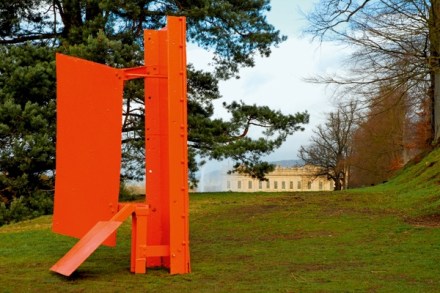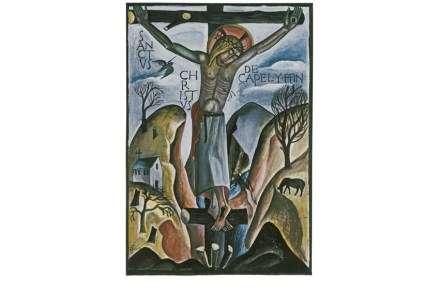Prophet of alienation
Nothing gains headlines for art quite like high prices. A few weeks ago, one of the versions of Munch’s famous image of ‘The Scream’ was sold at auction for £74 million, which couldn’t have been bettered as advance publicity for the Tate’s new show. Admittedly, there is not a single version of that key painting



















